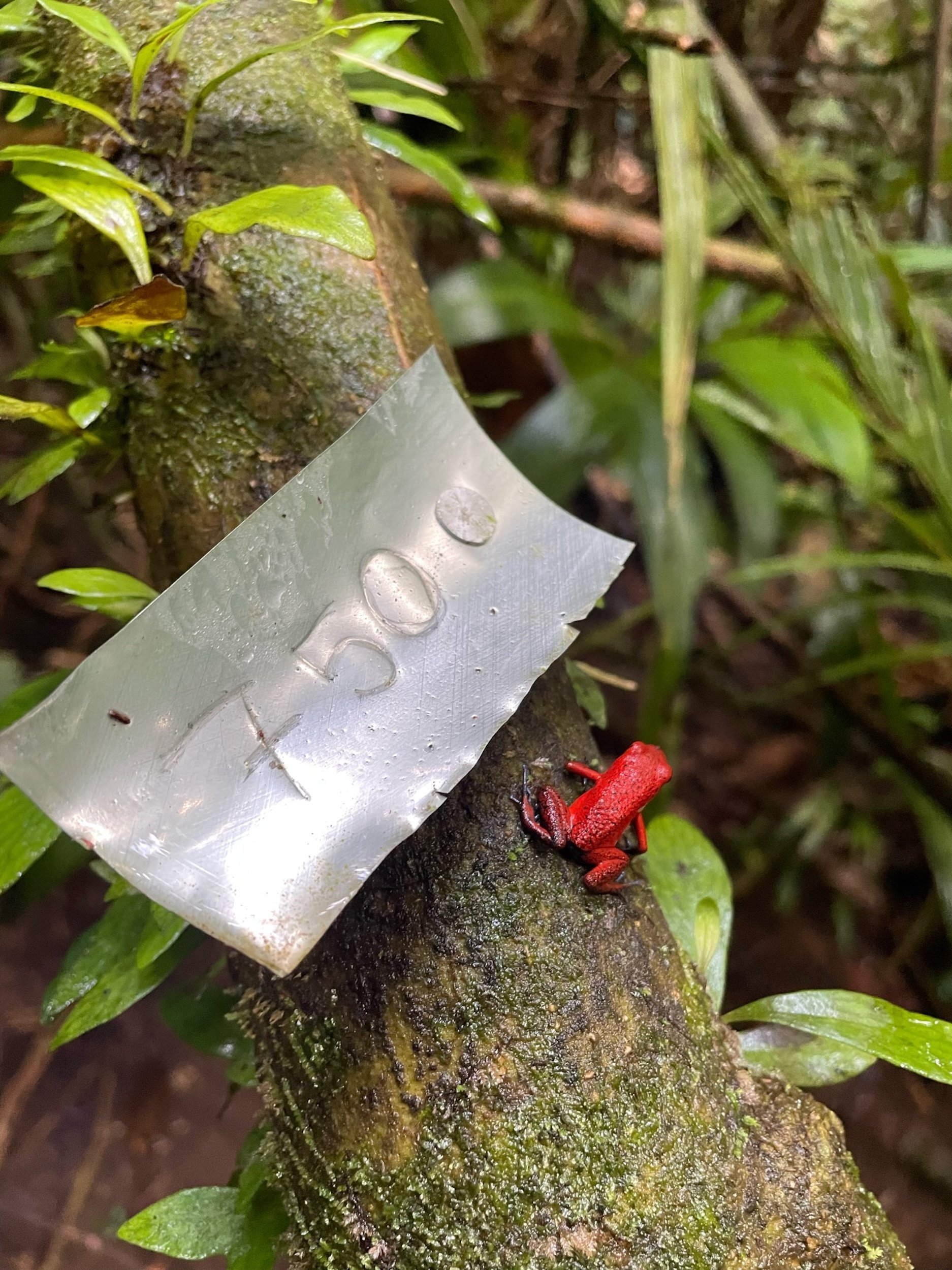Forest Plots
The Neotropical region (including areas of Central America, the Caribbean, and South America) is highly diverse geographically, climactically, and biologically. The Neotropics are a zoogeographical or phytogeographical region and one of the six major biogeographic areas of the world. Neotropical rainforests specifically are classified as lowland forests with mean annual precipitation greater than 1.8 metres per year, high mean annual temperatures above 18 degrees Celsius, and less than 7 degrees Celsius in seasonal temperature variance. These forests are known to host exceptional levels of biodiversity. However, they are often understudied. As these ecosystems are impacted by a multitude of stress factors, including climate change, upstream agriculture, local and national socio-economics, and broad anthropogenic actions, it is vital that we understand their natural state as well as any changes to that state in order to conserve them.
In order to address this at CPBS and to further understand the diversity of lowland, palm dominated wet forests in the CPBS area, we set up comparative 1 hectare forest plots. These plots were developed based on modified Smithsonian methodology. The annual survey takes place during January and February.
Published research
Lewis, T., Grant, P., Quesada, M. G., Ryall, C., LaDuke, T. C., & Road, W. (2010). A botanical survey of Caño Palma Biological Station (Estación Biológica Caño Palma), Tortuguero, Costa Rica. Brenesia, 73(74), 73-84. *




